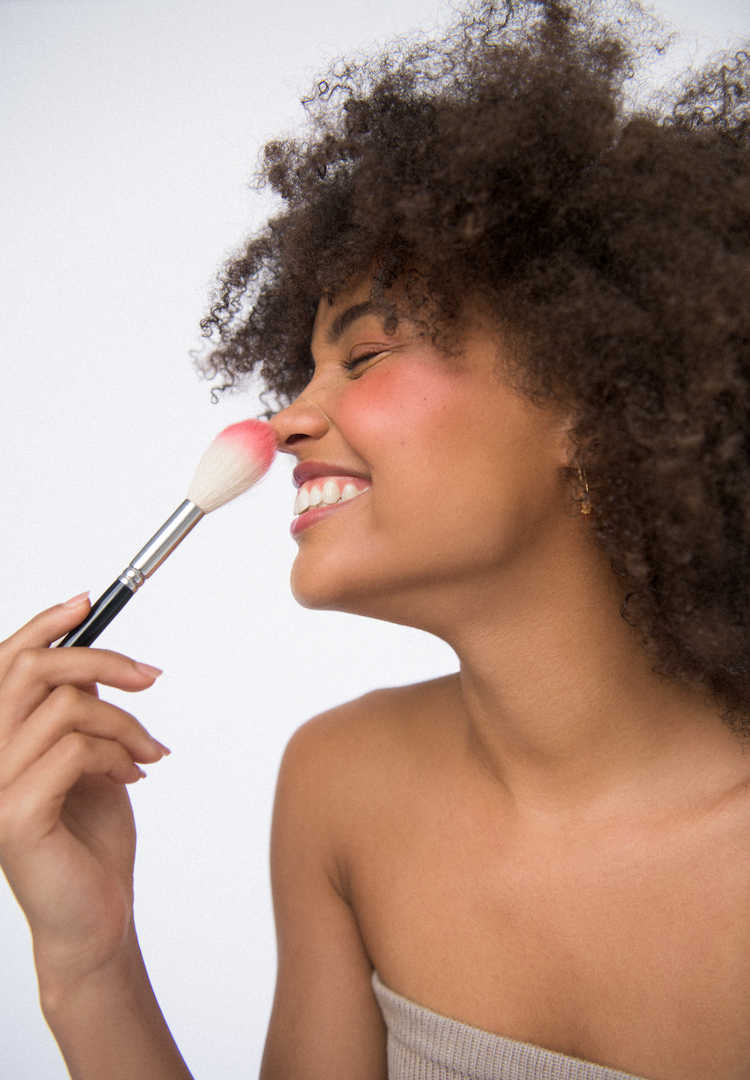

Round faces: are characterised by being as wide as they are long. Starting by your ear, apply blush to the outer corner of your cheekbone and end at a point below the outer corner of your eye. Add the slightest touch of colour near your temples to balance the width of your forehead with your chin. Heart shape faces can appear pointy, so the trick is to apply your blush in a way that softens your face.

Heart-shape faces: characterised by a wide forehead and high cheekbones, with a face tapers to a narrow chin. Where to apply your blush depends on your face shape. Now, we use blush to give us that healthy glow, to stop us from looking washed out, and sometimes to make a bold statement. Before contouring was a mainstream thing, blush was used to give your face more shape. Think about it - if you can afford to get Jeffree Star's latest palette shipped out from America, that's a serious flex!īlush is still used to give the appearance of naturally flushed cheeks. To an extent, that also hasn't changed much. Using cosmetics like blush was a sign of status because it was a costly process. Both men and women would mix fat with ground red ochre to create a red substance which would be applied to the lips and cheeks (it's crazy to think that some people have a problem with a man in a full-face of glam, when they've been wearing make-up since 3100BC!) The blusher-look took off in Ancient Greece as well, with both genders using crushed mulberries, red beet juice, crushed strawberries, or red amaranth to create a paste. Ancient Egyptians were the O.G beauty gurus, among the first people to use natural pigments to create make-up. The use of blush can be traced back as far as Ancient Egypt.


 0 kommentar(er)
0 kommentar(er)
